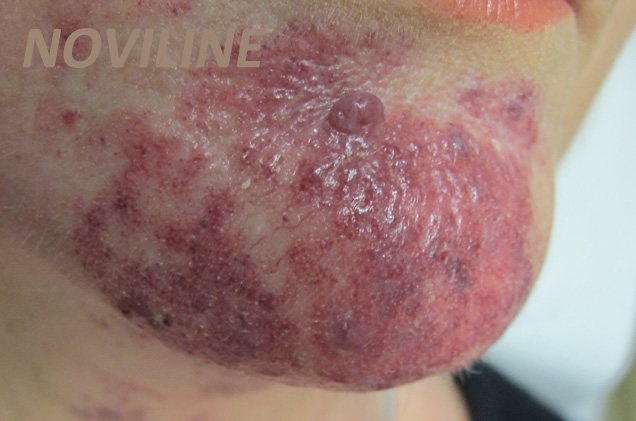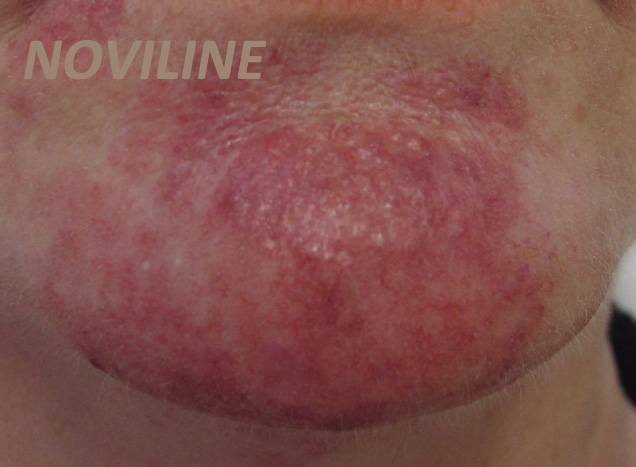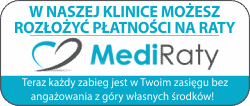This process consists of many different factors (in women what most often happens is the effect of estrogen on the capillary muscles). The first clinical symptom is redness of the so-called erythema. Initially, erythema passes, but over time it becomes permanent and remains permanent. As a consequence, clear, permanently dilated blood vessels are formed. They are visible through the epidermis. We call such changes telangiectasia.
Permanently dilated capillaries of the subpapillary plexus of skin, which are visible through the epidermis in the form of red “filaments”. In extreme cases, they may closely adhere to each other, so that they give a picture of uniform redness.
The incorrect skin care and ill-chosen cosmetics may exacerbate its “vascular character”.


